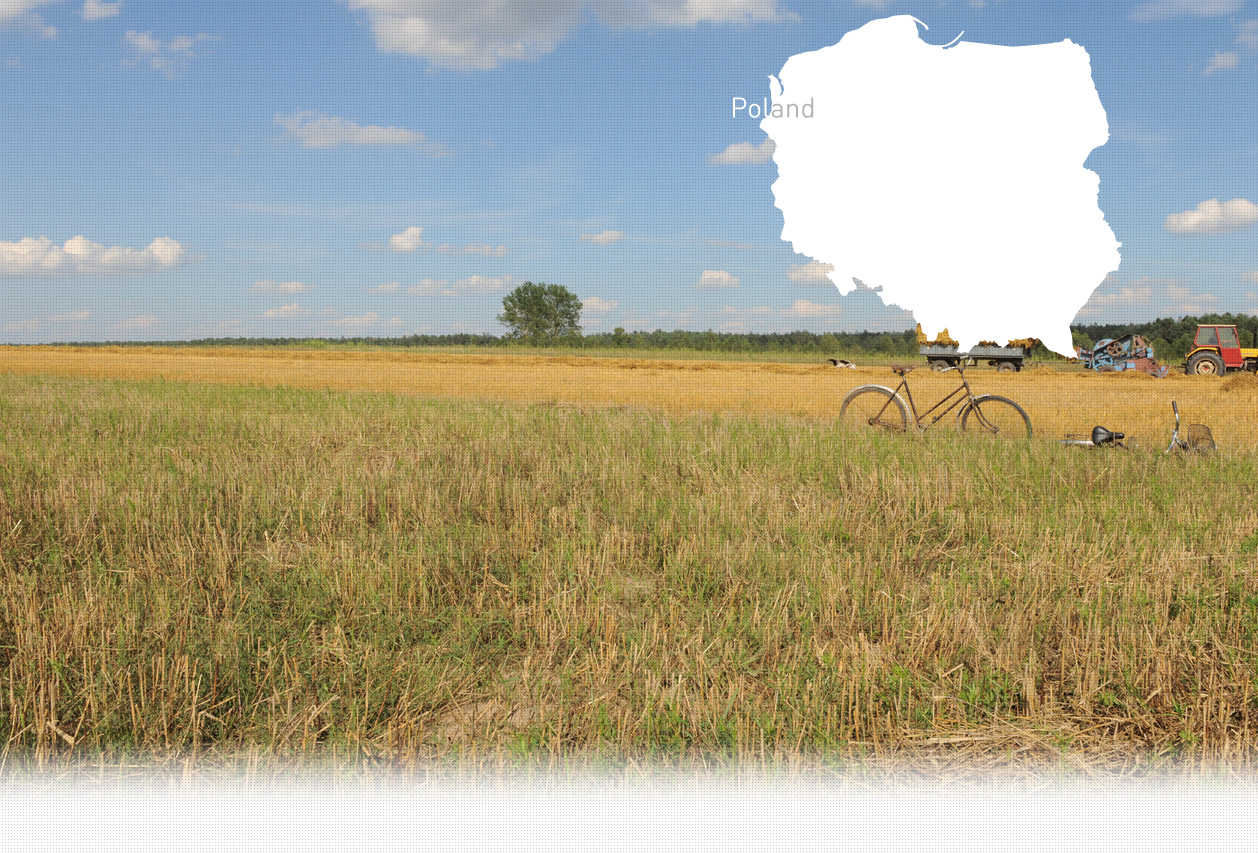

2 Sitio(s) de ejecución
Jan S., born in 1928: "At a crossroads, where one road led to Baczki and the other to Lojewo, we saw the Germans bring seven Jews out of an empty building, right where we were standing. One of the Germans lined them up, adjusting their positions—moving some slightly to one side or the other to form a straight line. At that point, the second German left with the village chief. After positioning the Jews, the first German said, 'How am I going to kill you if I only have one bullet?' He then stepped back several meters, took aim, and fired into the chest of the first man in line, wounding those behind him. The victims collapsed in different directions, some still moving—no one could say for sure if they had all been hit. The Germans threw the bodies into a previously dug pit, covered them with earth, and trampled the ground underfoot. The next day, when we returned to the execution site, we found that the ground had cracked. It's likely that some of the victims were still alive when they were buried." (Testimony N°YIU499P, interviewed in Łochów, on September 19, 2015)
Łochów, historically known as Lochov in Yiddish, was part of Lublin Voivodeship before 1939, later becoming part of Warsaw Voivodeship and eventually Masovian Voivodeship. Located near the Bug River National Park and 55 km northeast of Warsaw, the village was first mentioned in the 14th century as a princely estate called Łochowiecz, where Mazovian rulers would hunt.
Jewish settlement in Łochów began in 1876, led by Judel Jakowlewicz Perlis, who founded a steel farm implement factory, *Bracia Perlis – Spadkobiercy, Łochów, Odlewnia Żelaza i Fabryka Maszyn* (Perlis Brothers – Heirs, Łochów, Iron Foundry and Machine Factory). The factory played a significant role in fostering the development of Jewish communities in nearby villages such as Jasiorówka, Ostrówek, Łopianka, Budziska, and Baczki, with Łochów emerging as a central hub for these communities. Throughout the late 19th and early 20th centuries, the Jewish population in these villages steadily grew.
The Jewish community in Łochów was part of the Stoczek-Węgrowski council, and Jewish children attended school alongside Polish students in Łochów Fabryczny. By 1939, approximately 90 Jews worked in trade, 260 in crafts, and many others were employed at the Perlis and Loewenstein factories. On the eve of WWII, about 800 Jews lived in Łochów, making up roughly 40% of the town's population.
German troops occupied Łochów on September 10, 1939, prompting many Jews, including the Perlis and Loewenstein families, to flee to Soviet-occupied territories. A Gendarmerie post with 10 to 15 men was quickly established, and both the Perlis factory and the Zamoyski estate were expropriated. By November, the factories were under German control, and in late 1941, part of the Loewenstein factory became Stalag 333, a Soviet POW camp.
Anti-Jewish measures began in October 1939 with the registration of Jewish property and the closure of businesses. A Judenrat was established in November, and by late 1940, Jews were required to wear armbands with the Star of David. Violence and looting also escalated in the surrounding areas.
In February 1941, Jewish movement was restricted, effectively turning villages like Baczki and Łopianka into open ghettos. Jews from Ostrówek, Budziska, and Jasiorówka were relocated to Baczki, along with 359 Jews from Sadowne by December. Despite restrictions, Jews moved between Baczki and Łopianka and were forced to work in the factories.
Between November 1939 and 1940, many Jewish refugees arrived in Łochów, hoping to escape to Soviet-controlled territories. By August 1940, following deportations from Kalisz and Wyszków, the Jewish population reached 1,200. Overcrowding and violent attacks by Gendarmes, including murders and rapes, worsened conditions. By May 1941, the population had grown to 1,400, including 756 refugees, which led to a typhus outbreak. The Judenrat provided medical care and meals to the sick.
The liquidation of the ghettos began on September 24–25, 1942. Many Jews attempted to hide but were shot by German Gendarmes, SS officers, Polish Blue Police, and Ukrainian auxiliaries as they were taken to the train station. After selecting 18 to 20 Jews for a post-liquidation ghetto, the rest were deported to Treblinka. Some tried to escape from the train, but most were shot.
A post-liquidation ghetto was established in Budziska, housing 50 Jews. The Gendarmes executed 30 for lacking residency permits, leaving 18 to 20 survivors, who were forced to make boots for the Gendarmes. On December 11, 1942, 14 of these Jews were executed in the nearby forest after a failed escape attempt.
Isolated shootings of Jews found hiding in the Perlis factory and nearby villages, such as Budziska, Łopianka, Jasiorówka, and Kamionna, continued over the following months. Yahad located two execution sites of Jews, presumably captured after the liquidation of the Łochów ghetto. Both sites are situated near a forested area along the path connecting Łochów and Łopianka. The first site contains the remains of 18 Jews, captured by the village chief and handed over to the Germans. All the victims were shot simultaneously while lying on a mound of earth near a pit that had been dug by requisitioned locals. Their bodies were then buried in the pit by the same locals. A second grave, located a few dozen meters further along the path, contains the bodies of seven more Jews, executed the day after the first group.
The largest executions occurred in the forests north of Łochów, near Sadowne, where approximately 300 Jews and a number of Soviet POWs were murdered between January and February 1943. Harsh reprisals, including killings, were also carried out against Poles suspected of aiding Jews during this period.
¿Tiene información adicional con respecto a un pueblo que le gustaría compartir con Yahad?
Por favor contáctenos a contact@yahadinunum.org
o llamando a Yahad – In Unum at +33 (0) 1 53 20 13 17